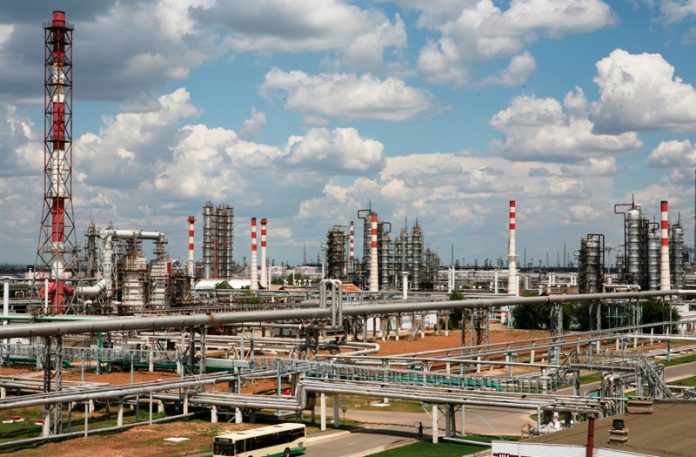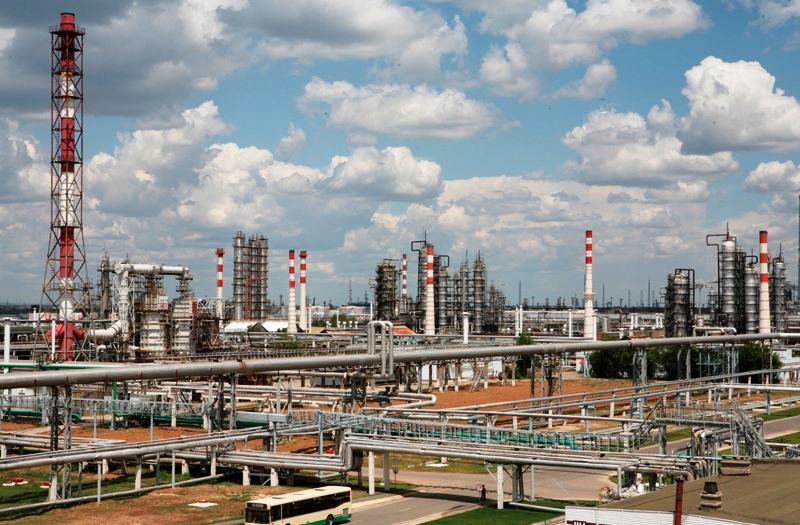
Ukraine’s increasingly aggressive push against Russian oil refineries is a hallmarks of the war’s tech front, combining defense innovation with economic destabilization. President Volodymyr Zelensky encapsulated the strategy unambiguously “The most effective sanctions – the ones that work the fastest – are the fires at Russia’s oil refineries, its terminals, oil depots.” Since January, 21 of Russia’s 38 large refineries have been hit, with operational shutdowns cascading throughout the nation.
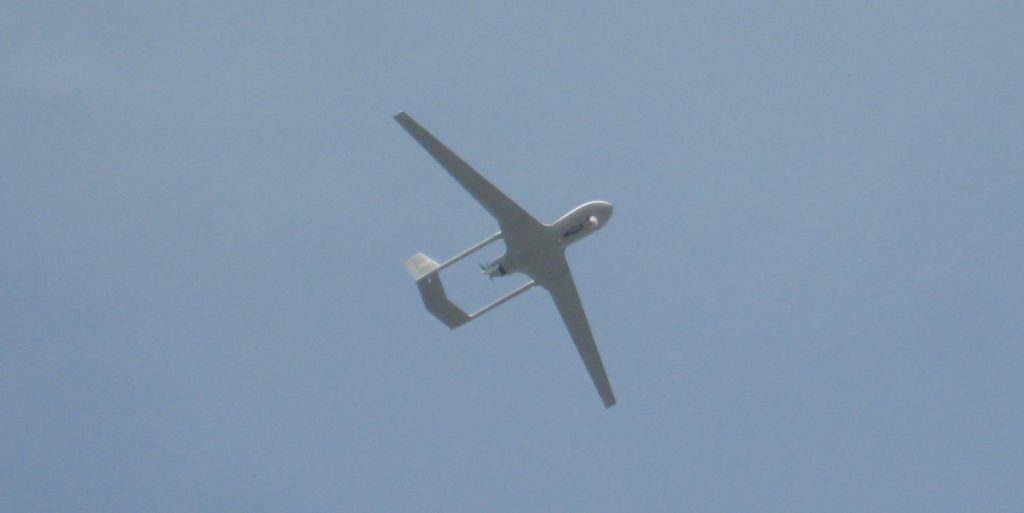
1. Long-Range Drone Design and Deployment
The workhorse of these deep sorties is Ukraine’s homegrown FP-1 drone, manufactured by Fire Point. Capable of a range of 1,600 kilometers with a 60-kilogram explosive load, the FP-1 has been responsible for 60% of successful strikes deep within Russian-held territory. These drones eliminate airfield-based launches, employing in-house designed GPS-hardened navigation systems to overcome Russian electronic warfare. Production has increased from 30 units monthly in 2023 to approximately 100 per day in 2025, allowing constant pressure on refineries hundreds of miles back from the front.
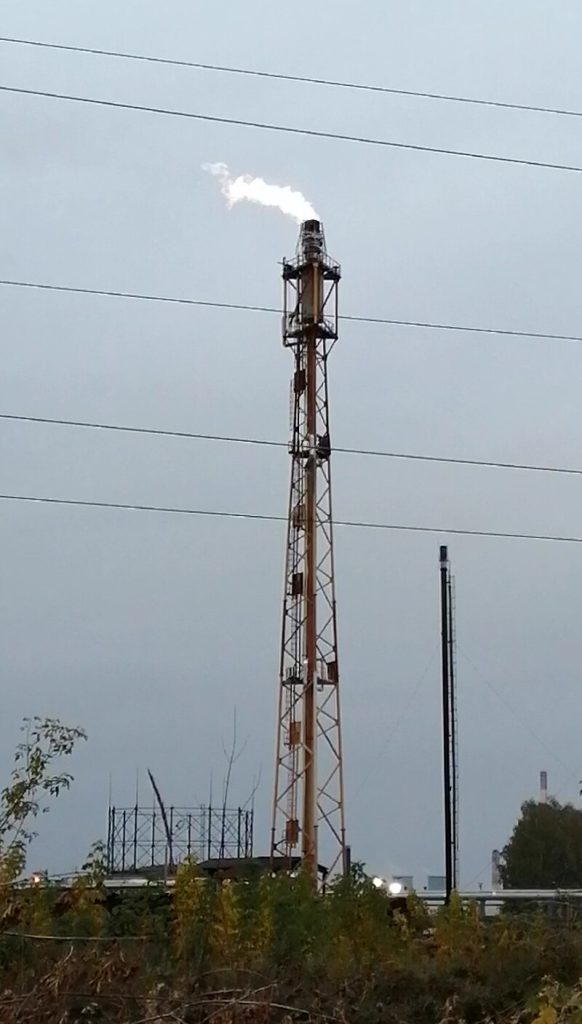
2. Targeting Russia’s Refining Arc
Ukraine’s attacks have targeted a belt of high-value refineries between Ryazan and Volgograd, plants essential to civilian fuel supply and military logistics. The Ryazan refinery, with an output of 340,000 barrels per day, was struck five times, and the Volgograd refinery was driven offline for a month following an August strike. Samara and Saratov refineries directly connected to the supply chain of troops have been repeatedly hit, with two of Samara’s three refineries brought offline.
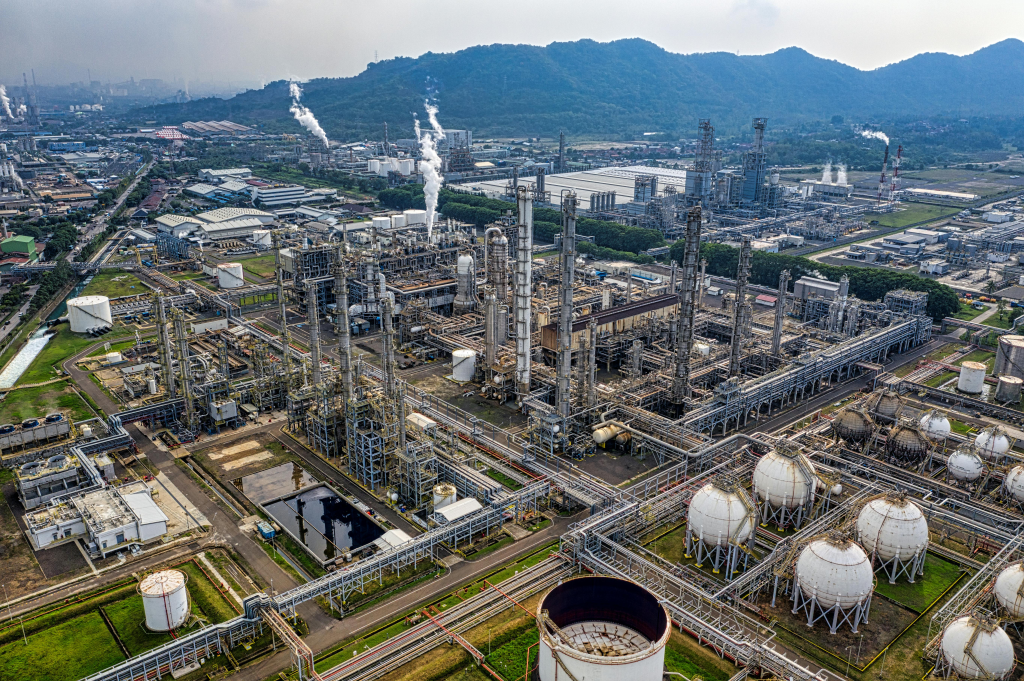
3. Refinery Operation Vulnerabilities
Sizable refineries are designed to operate continuously, which places them especially at risk of kinetic interference. Hydrocrackers, catalytic reformers those are the essential processing units are operated at high pressure and heat, and a destruction of these units will shut down production completely. Repeated attacks, in which facilities attacked previously and still under repair are attacked again, have slowed Russia’s capacity to rebuild. In September, satellite imagery detected smoke plumes above the Gazprom Neftekhim Salavat refinery in Bashkortostan, over 1,100 kilometers away from Ukraine, highlighting the extent of Kyiv’s drones.
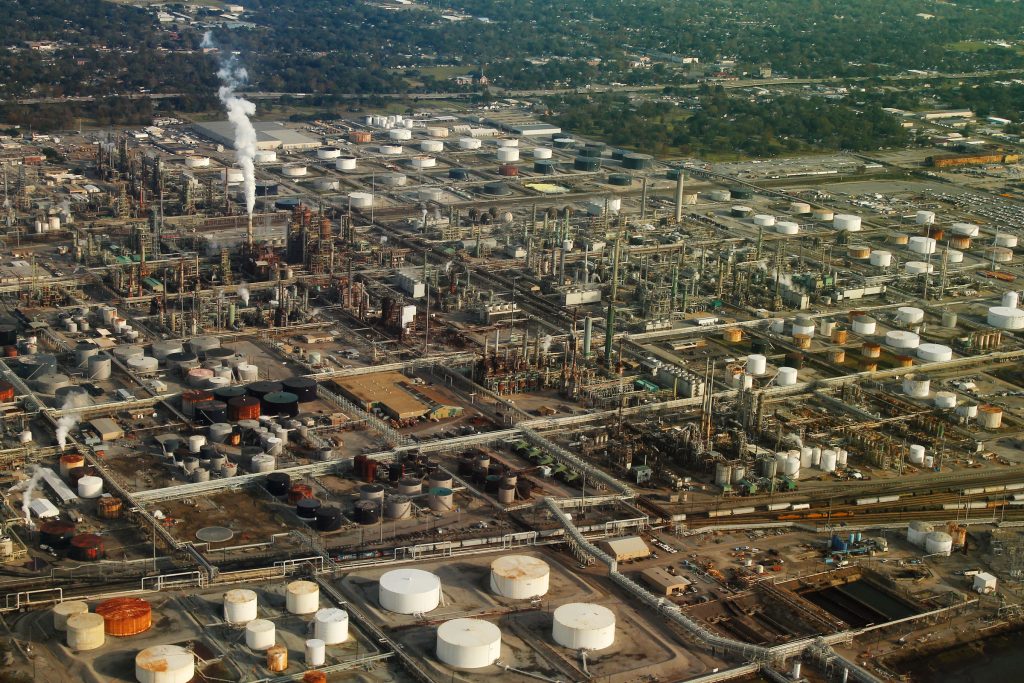
4. Quantifying Capacity Loss
By the end of September, almost 38% of Russia’s refining capacity, or around 338,000 tons of crude a day, was out of action, with 70% of the losses due to drone strikes. On some days, national petrol and diesel production dipped by up to a fifth. Refining capacity has been reduced by 17%, or 1.1 million barrels a day, by the outages, based on industry trackers.
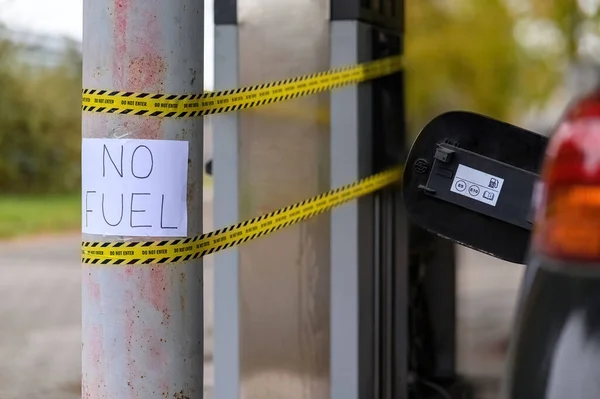
5. Rationing and Civilian Impact
Fuel shortages now reach from Kaliningrad to Vladivostok. In some areas, drivers are restricted to 10–30 liters per trip in others, only diesel is available. Crimea has run half of its gas stations out of fuel, while private motorists in towns such as Kerch have been refused fuel altogether. Wholesale gasoline prices have increased over 50% since January, while retail prices have increased weekly even with state controls. Panic buying has resulted in bans on sales of jerry-cans and suspension of fuel cards in some cities.
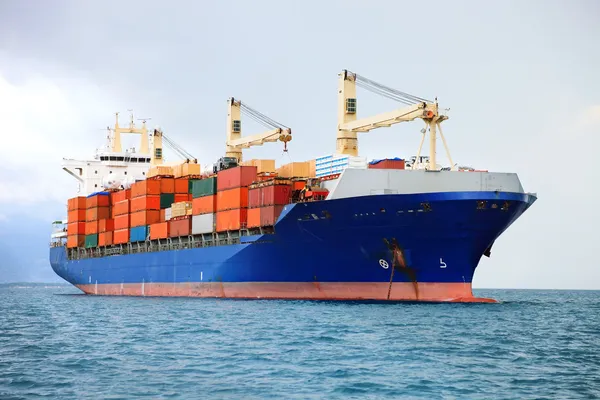
6. Strategic Economic Pressure
Russia’s refining industry supports export earnings and domestic stability. The strikes have led Moscow to extend a partial petrol export ban until the end of 2025 and add diesel export quotas. Although exports of crude oil, which is less lucrative than refined products, have set a record, exports of diesel have decreased by 30%, initially targeting far-flung destinations such as Brazil and the UAE. With every lost tonne of diesel worth about $600, there is considerable erosion of revenue.

7. Disruption of Military Logistics
The General Staff of Ukraine has highlighted that several targeted refineries directly supply the Russian Armed Forces. Diesel shortages impact trucking and rail logistics, both of which are diesel locomotive-intensive. Commander-in-Chief Oleksandr Syrskyi declared, “This is a fuel crisis in Russia, which directly impacts logistics and the supply of its army.” Frontline diesel supplies are adequate for the time being, but persistent disruption may undermine reserve capacity.
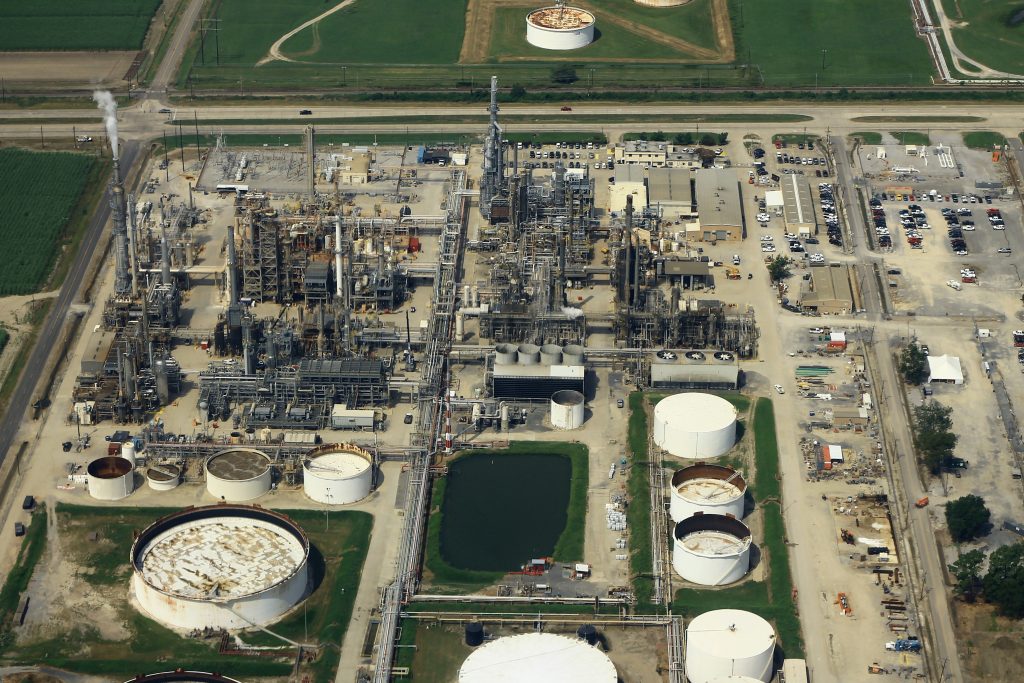
8. Satellite and Remote Sensing Confirmation
Assessments of damage are based predominantly on commercial satellite imagery and thermal anomaly detection. High-resolution imagery has verified fires, smoke plumes, and groundings of tankers at attacked facilities. These technologies also enable analysts to distinguish between actual attack damage and state allegations of “scheduled maintenance,” a pretext employed by Russian media to minimize the strikes.
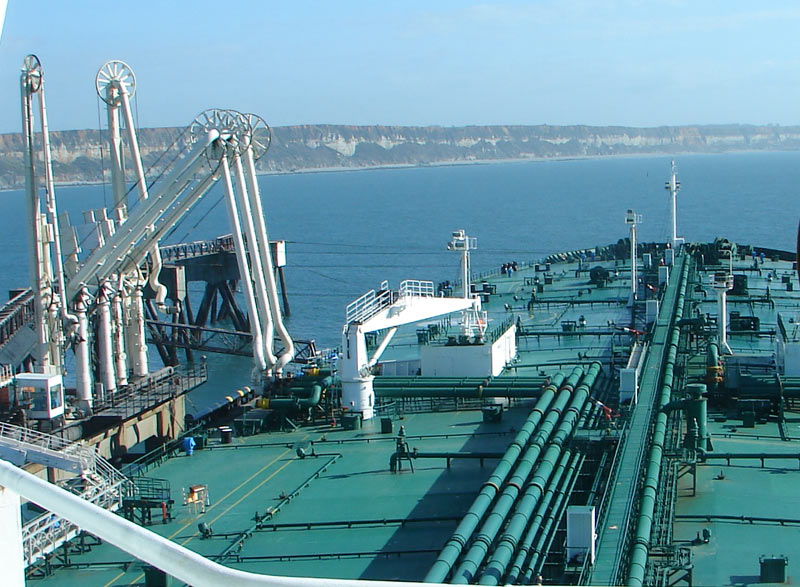
9. Russia’s Countermeasures and Import Strategy
Moscow has solicited gasoline imports from China, South Korea, Singapore, and Belarus, and removed import taxes on Far East fuel imports. State reserves have been utilized to relieve shortages, and mini-refineries could be licensed to export sub-grade products as motor fuel. But logistical constraints such as decreased throughput at Ust-Luga port pinch these responses.
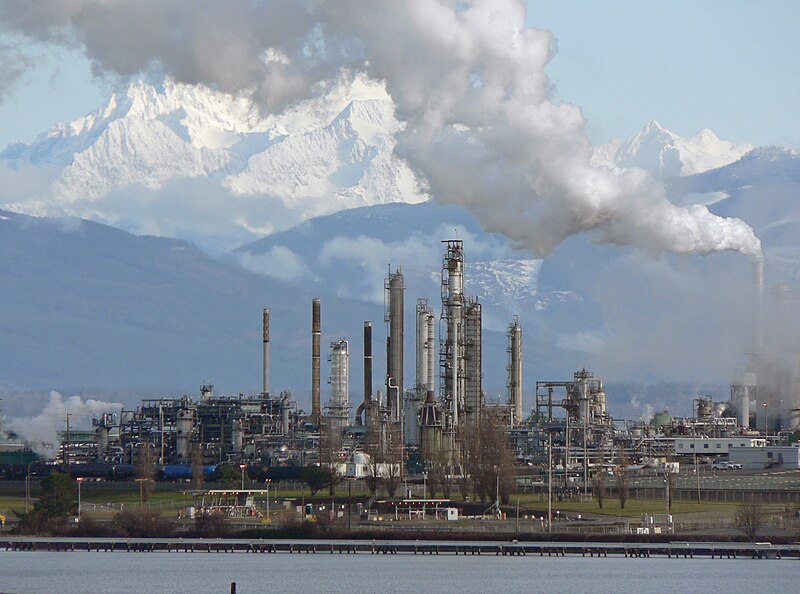
10. Engineering Resilience vs. Attrition
Refinery design has redundancies, but repeated precision attacks take advantage of the absence of mobile reserve systems for large-scale processing. Fixing knocked-out units tends to need specialized parts and high-skilled labor, both of which are in short supply under sanctions. Ukraine’s ability to mass-produce drones ahead of Russia’s ability to repair refineries, as reported by energy analyst Thomas O’Donnell, tips the balance toward attritional degradation of facilities.
The two-pronged effect of the campaign depleting Russia’s fuel supply and demonstrating Ukraine’s defense-industrial ingenuity has rewritten the strategic ledger. By combining engineering precision and economic warfare, Kyiv is proving that in contemporary warfare, the struggle for energy infrastructure can be as decisive as fighting on the battlefield.
